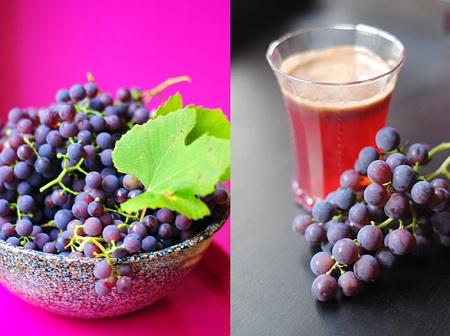 We have a problem. If vodka is, by definition, tasteless an odorless, does vodka made from grapes count? Or is it just a trendy riff?
We have a problem. If vodka is, by definition, tasteless an odorless, does vodka made from grapes count? Or is it just a trendy riff?
Let’s take Cîroc, “a smartly tapered purplish bottle [that] hints at the spirit’s source — grapes grown in the Gaillac and Cognac regions of southwest France,” describes Slate.com. When put in front of a panel of sophisticated palates, Ciroc came off as having a “viney, stemmy aftertaste,” as well as “hints of orange and anise.” This made Ciroc shots tasty with less of a burn factor, but most conclude that grape vodkas are more like, as Slate.com puts it, “a grappa, or eau de vie, trying to pass itself off as a vodka.”
An imposter though it may be, you can talk terroir and varietals with grape-made vodka. Like wine. Another plus: they don’t go down like fire.
Vodkas made from grapes have a berry essence. They’ve been called elegant, refined, smooth.
New to grape-based vodka, try this little number created by Cleveland bartender Dan Rogan. Then, tell us what you think.
The Bacchus
Pour 2 small drops Chambord in a martini glass. Swirl and throw out any extra. Shake 3 ounces Cîroc vodka over ice in cocktail shaker and pour into glass. Vigorously rub one mint leaf along underside of lemon twist. Turn twist to release juice, and rim glass with broken underside. Drop mint leaf and twist in glass. Top with delicate float of Prosecco or Champagne.

